Advertisement
For Pritzker Prize Winner Balkrishna Doshi, Architecture 'Is Almost Like Clothing'
Resume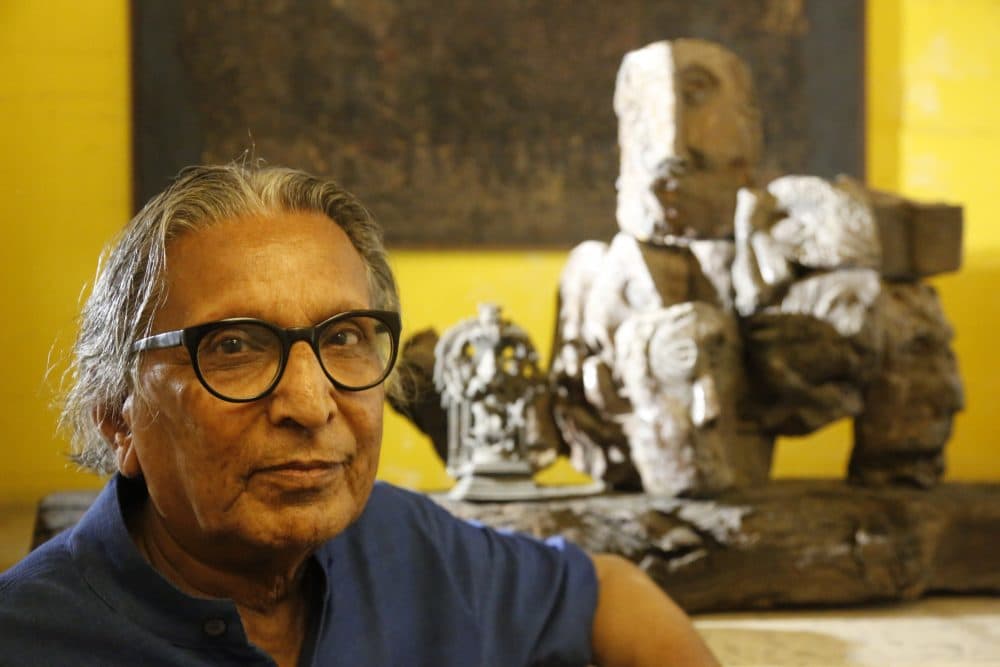
Architect Balkrishna Doshi is renowned in his field for work that reconciles the flow of space inside traditional Indian temples with the design principles of modernists Louis Kahn and Le Corbusier, who he calls his "gurus."
Last week, at the age of 90, Doshi became the first Indian to win architecture's highest honor, the Pritzker Prize.
Here & Now's Jeremy Hobson speaks with Doshi about his work, his life and his inspiration.
Interview Highlights
On his style of architecture
"I think the kind of architecture that I do is connected to my own place: the ground. So it has to be rooted, because in the changing and constantly uncertain circumstances, there is no other way but to find the connection between small and big and diverse situations. The sun is very hot in certain times. Monsoon comes in and flooding rushes. Then, winter is reasonable. Then there are hot winds. But otherwise, if you close the house, it is stuffy. So what one tries to do is almost like clothing — you're trying to create ways and means of creating projections, openings and closures, cross-ventilation, so that you really feel always that you would like to be inside rather than outside."
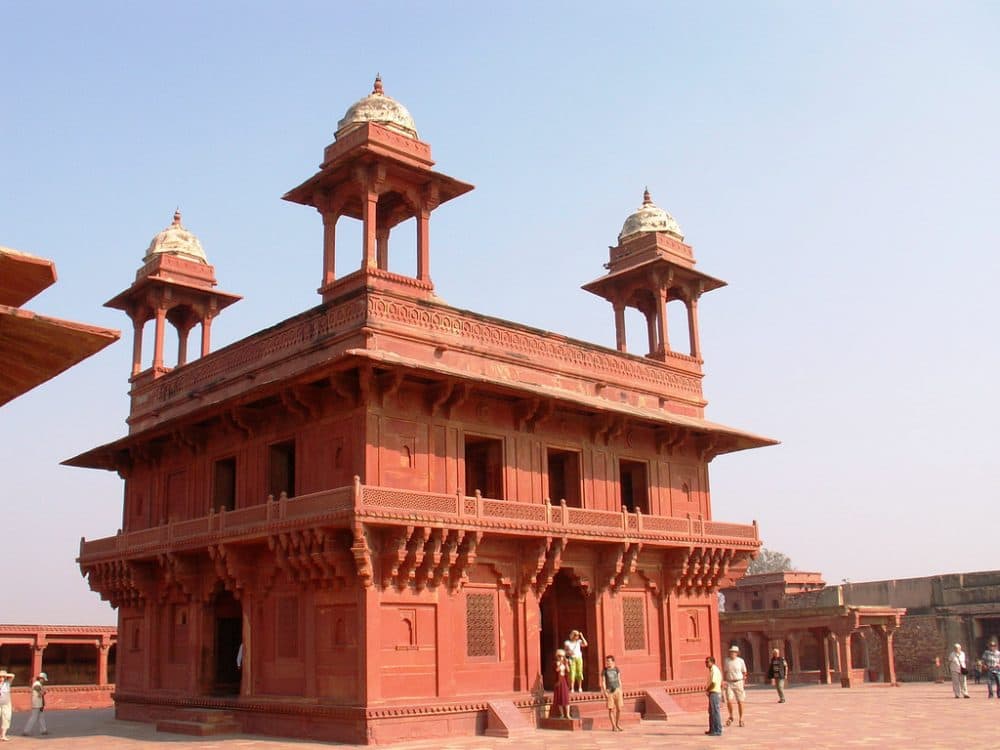
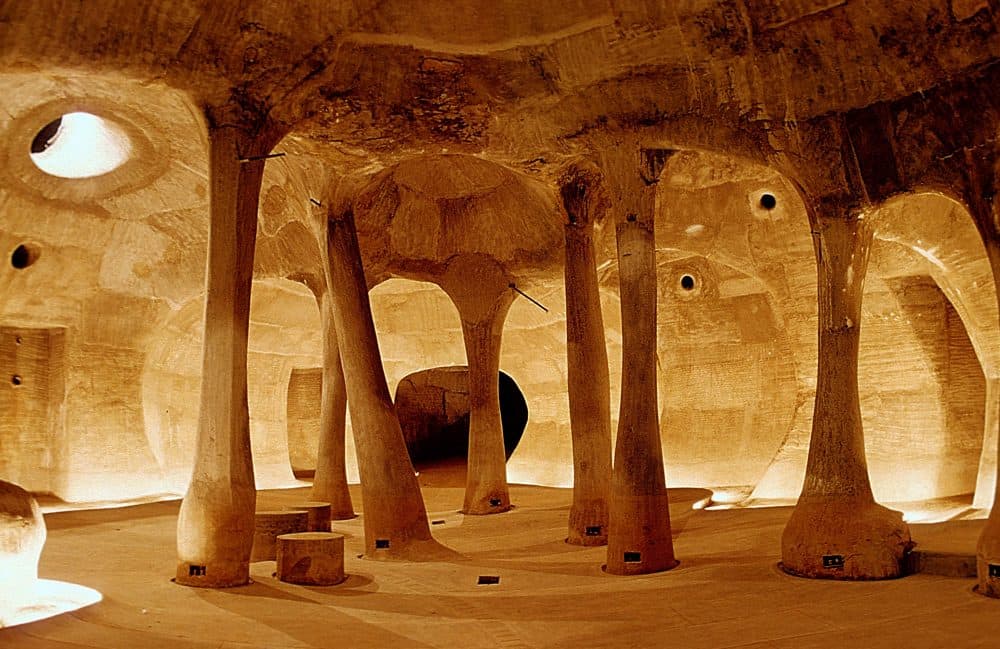
On architecture's capacity to allow people to explore their thoughts in a way they otherwise wouldn't
"Actually what happens is that, if you were a child, when I was a child, I was wandering anywhere you go, you've got a sense of freedom, and suddenly you'll discover something which you had not discovered before. And I think the most important thing is that our subtle nuances and our sensitivities, if we cannot really relate them to the outside or allow them to connect with the unknown, the unexperienced, I think new thoughts don't come, because surprise is one of the very important elements for creativity."
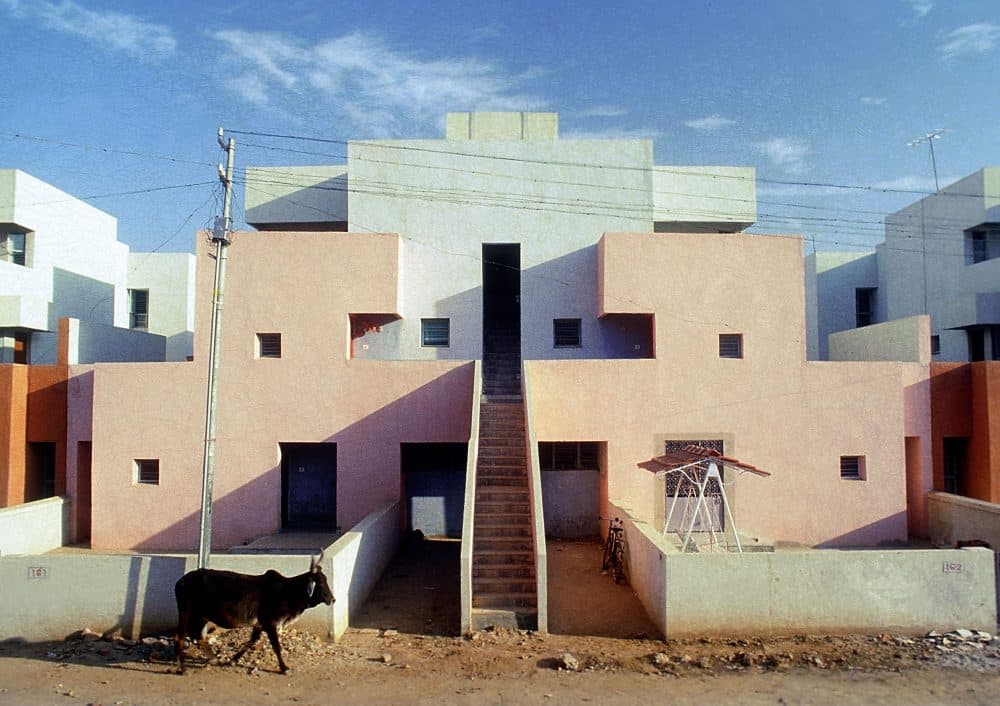
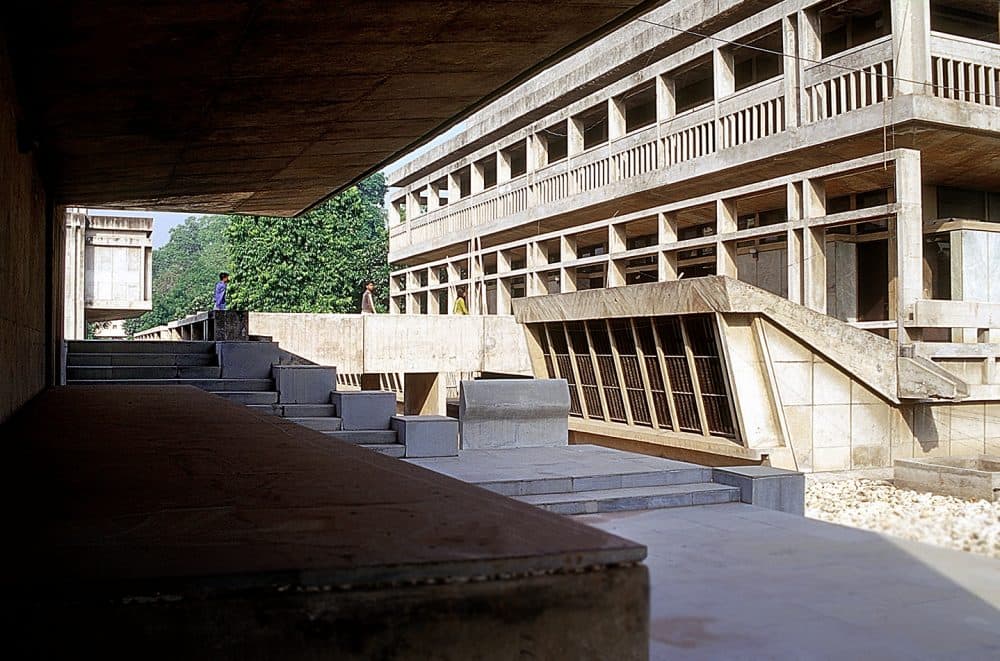
On when he first experienced a connection with that feeling of surprise
"I first experienced it in my grandfather's house, climbing up and down those dark, semidark staircases, and then suddenly you come to a courtyard, and then you go to the terrace, and you see a very little plant, and you feel the differences between all this, and then it is quite silent compared to the street on which the house is. So you do get this contrast: When it's hot, you sit and you look at the moonlight. The skies are very beautiful in India, and I think we used to sleep on the terrace, and I think it was very pleasant, cooler, because the wind was blowing. And in a few minutes, or maybe 20 minutes, the whole place becomes cool, and you feel so happy and relaxed. I think those experiences I tried to remember.
"And then I go back to see buildings in India, the older buildings, or palaces and others, and I discovered that they had imbibed these things in their work. They had manipulated the way surprises would happen. If there is that harsh sun, how do you get reflected light? If there was a breeze, how do you catch the breeze? You find some spots in the roof, and then the breeze will come down, instead of a fan, which is hung on the ceiling. Given the situation, how does one highlight or discover and create a situation by which you will get what you want, without thinking that you will get it? And I think that's the surprise."

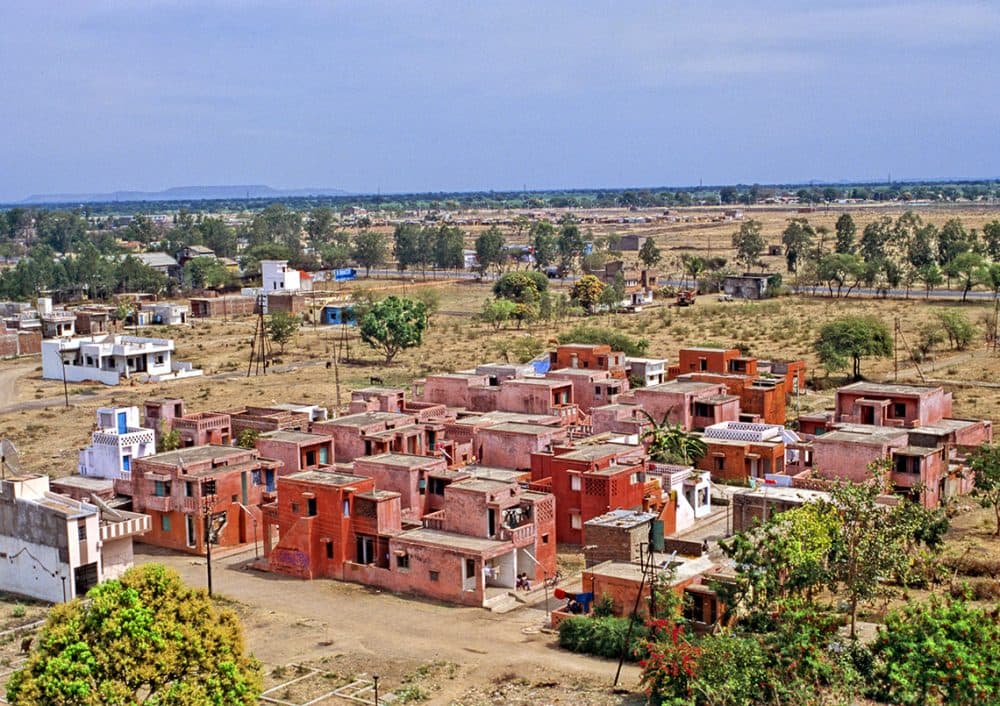
On how architects Le Corbusier and Louis Kahn influenced his work
"Well they talked to me about life. We never discussed architecture, either with Corbusier or Kahn. Corbusier, I was younger, much younger, and he was showing me how people move, how people behave, how birds and animals go to the house, how shadows happen. What does the sun do? Then he will look at the miniature paintings and look at how our ancient traditions are, where there are beautiful terraces and balconies and jarokhas. And Kahn on the other hand talked to me about the shadow, but he talked about the ethereal quality. He would talk about the sun which hits the wall of the brick, and the brick gets highlighted, because the brick is not ... it is almost semihandmade, and you could get the textures of the brick. And they both became, for me, gurus in different ways.
"Kahn admired Corbusier because of the ability to dream and explore and do the unexpected. But for me, Kahn also gave me the idea of the immaterial, what was inherent in me in India which I was not aware. I became aware, because Kahn talked about the spirit of the unknown, and what that spirit means. He would say, 'What would the building like to be? What does the brick want to say?' And I think all those things combined together is what I am trying to do, and then discover myself. Techniques that I find here, like in South India, the columns are not the same. Each column is different, even though they have the same geometric order of structure. And suddenly one realizes the columns also are alive because that statue or the sculpture or the figure starts talking to you. So how can the inert matter become alive?"
This article was originally published on March 12, 2018.
This segment aired on March 12, 2018.